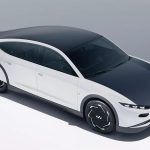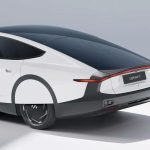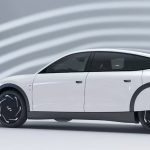The Lightyear 0 provides a 44-mile daily solar range, making it a truly usable sun-powered EV for driving in urban environments.
The future is nearer than we think, from simple battery-electric EVs to something as ambitious as a self-reliant car that charges itself. All glory to the sun, as Lightyear, a Dutch EV startup, has introduced its first solar-powered electric vehicle, the Lightyear 0.
The solar EV comes as an answer to ‘What if there are no charging stations on my route?’ providing the driver with 44 miles daily on solar power alone. Hence, for most owners, the Lightyear 0 could provide a cost-free and emission-free ride for most of the year. The only takeaway? It costs a staggering $263,262!
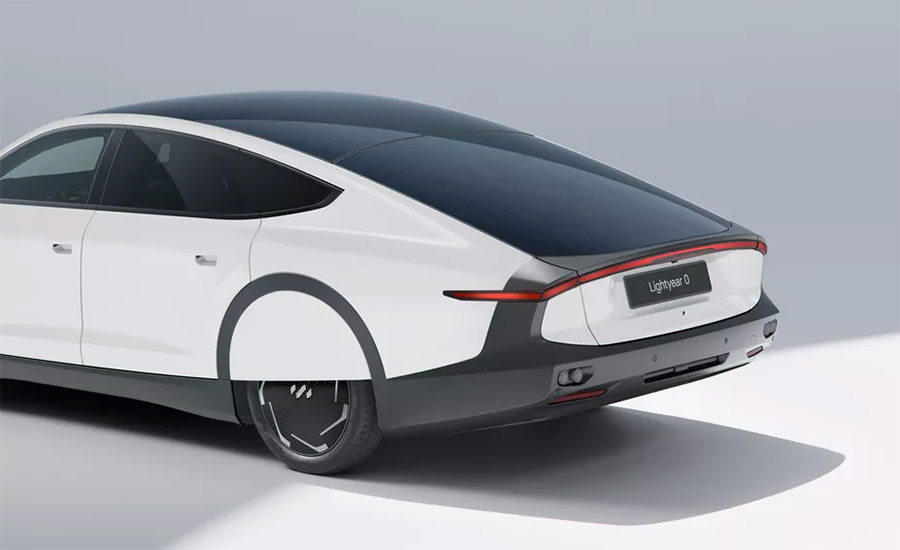
Still, the Lightyear 0 is a world-first solar EV and a product of an intensive six-year struggle on behalf of the research and development team. For most of the testing phase, the car was called “Lightyear One,” though the company decided on the “0” moniker for the production model.
Regardless, the team got the general idea right, as the Lightyear 0 is an EV-first affair with a 60-kWh battery pack providing a competitive 388-mile range, thanks to the world-best 0.19 Cd drag coefficient. By the numbers only, the Dutch EV could revolutionize the automobile industry as we know it, provided the market buys into the concept. Persuading buyers might be a herculean task, considering the number of startups that have failed and very few making a go out of it.
The Lightyear 0 holds a very retro-futuristic and sleek look, while the interior is very minimal and eco-friendly thanks to sustainable materials like vegan leather, recycled plastic bottles, and palm wood trim. Like Tesla, Lightroom opted for a single 10.1-inch touchscreen to control most functions, removing physical buttons.
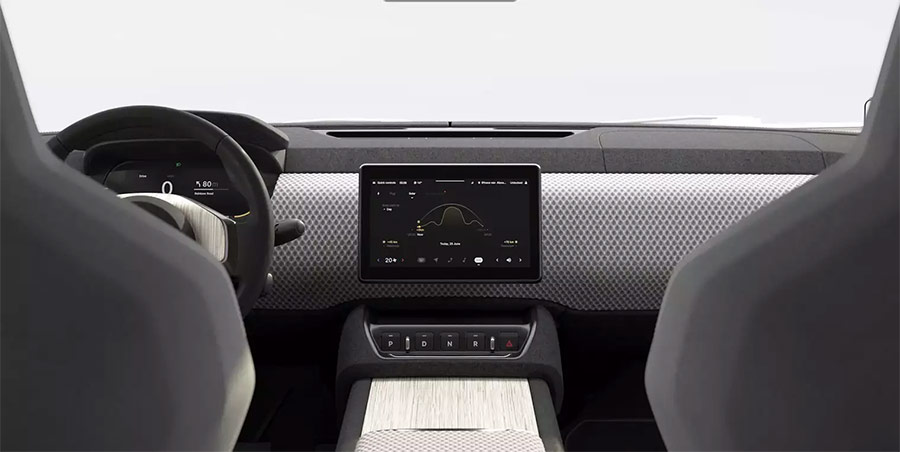
However, perhaps the most disappointing aspect of the Lightyear 0 is performance; EV customers grew accustomed to quick acceleration off the line, and the single 170-hp electric motor might seem disappointing. The company promises a 0-62 mph time of 10 seconds and a 100-mph top speed, both quite slow in 2022.
Meanwhile, the Lightyear 0 is a large EV, but for a reason — it carries five square meters (53.8 square feet) of double curve solar arrays, which is the star attraction here.
The Lightyear 0 is yet to turn into a mass-market car. Currently, the company plans a limited production run of just 946 units, which partially explains the high price. If you don’t feel like spending that much (understandably), Lightyear plans to go mass-market by 2025, hopefully with a more approachable price and improved performance.
Gallery: Lightyear 0
More info at Lightyear’s website



